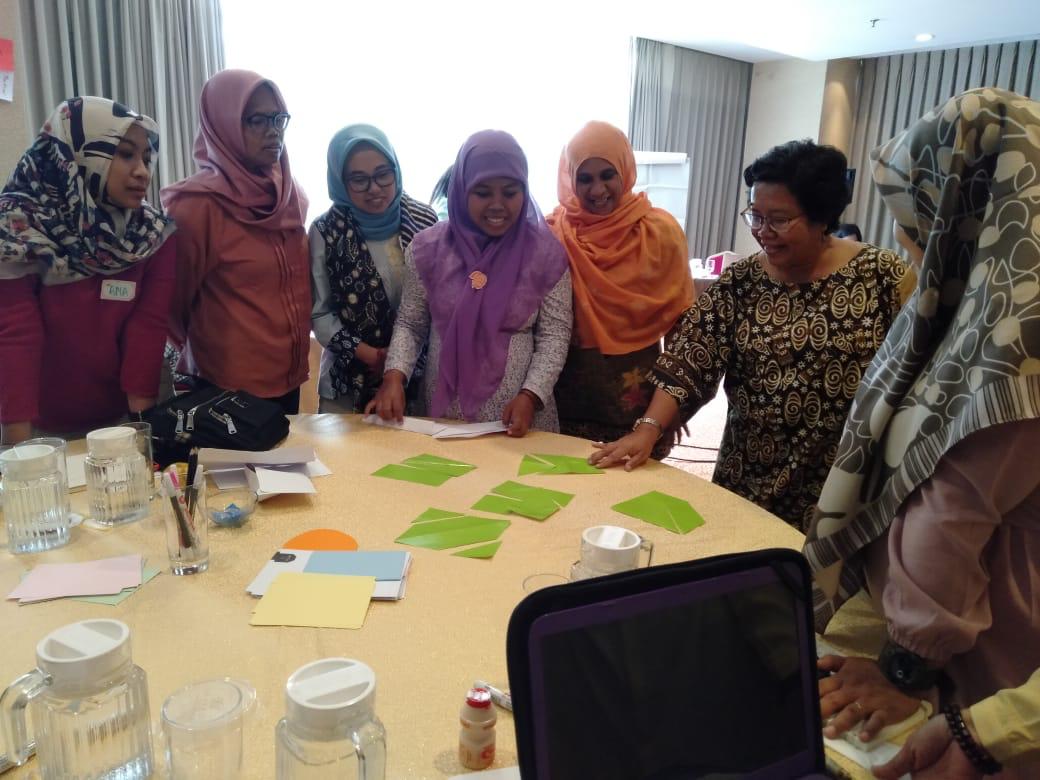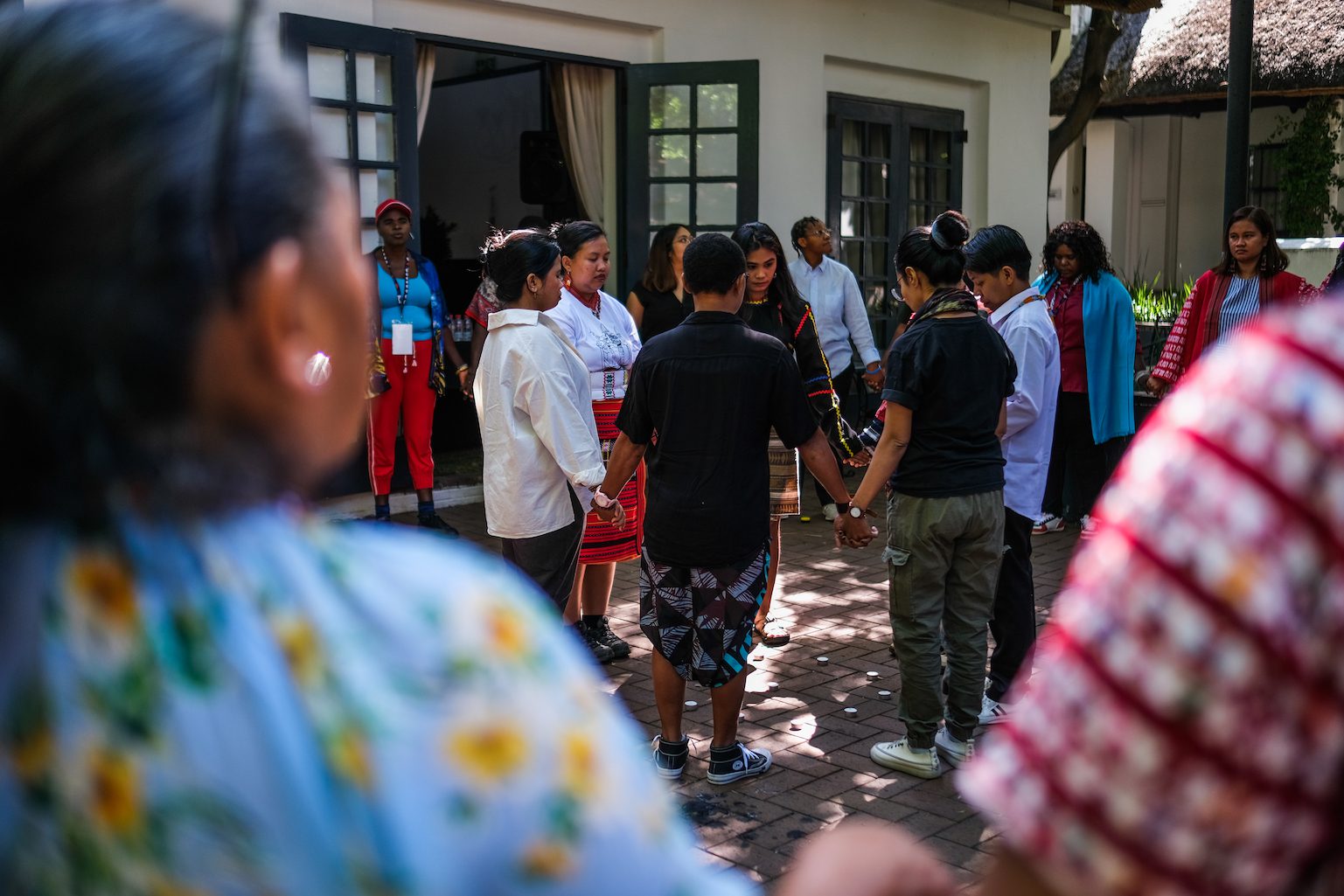Within the past five years “theory of change” has been promoted and popularized by some of the world’s largest charitable foundations as a way for social change organizations to describe and evaluate their work. Look around, and you’ll find social service and mission-driven NGOs of all sizes and shapes espousing their “theory of change” in funding proposals and promotional materials. Private foundations such as the William and Flora Hewlett Foundation and the Bill & Melinda Gates Foundation have invested heavily in developing “theory of change” tools for existing and potential grantees, drawing on the services of private sector-oriented management consulting powerhouses such as McKinsey & Company.
The following reflections are based on my experiences over the past five years utilizing “theory of change” as a construct for strategic planning and proposal development for NGOs involved in social change work. It was prompted by a Hivos-sponsored virtual dialogue that posed the question “what is ‘Theory of Change thinking’ and its added value.”
For me, “theory of change” (TOC) thinking cannot be separated from the context in which it has been introduced and promoted, that is, as a strategy for philanthropic and development actors to guide and evaluate their grantmaking and aid strategies. Having had multiple opportunities to develop and articulate theories of change, I have come to understand it as a technical term for making visible and explicit the assumptions, motivations, rationale behind what we do and why. This requires self-knowledge, introspection, and reflection to surface and unpack the driving forces behind our thinking, being, and doing.
For some, such a process is written into their DNA, as JASS would say. For others, it can be a confusing, even threatening concept to realize and acknowledge that our ways of thinking, being and doing are neither value-neutral nor universal. They are the product of the ideas, context, reflection, relationships, and power that we see and experience in our environment.
The value of TOC thinking is in making what’s invisible visible. This means you’re better able to communicate who you are, what you do and why. In turn, this serves as a concrete tool to identify and build common ground as well as cement relationships across difference. By articulating your TOC, you provide others a way to know you—a concrete way to determine whether your interests and values are the same or vastly different; a benchmark against which others can subjectively determine your viability as a partner or, conversely, the threat you pose as an opponent. TOC thinking is what enables cohesion, unity, community, connection, be it within and among individuals, organizations, political parties, or social groups.
For a donor, TOC is what makes a grantee unique; it determines their ‘added value,’ whether they will produce a meaningful return on investment. It helps grant seekers answer the questions “why you,” “why now?” For donors that aren’t enmeshed in the day-to-day business of their grantees, it gives them a language/construct to understand and evaluate the organizational viability, validity, and value.
In many ways, TOC is simply a way to name and describe a way of being and doing that exists and has always existed. It is about seeing yourself within a broader (ecological) context and understanding that your actions are influenced by and have an impact on that context and all of the elements within it. Activists are inherently TOC thinkers, whether they call it that or not. When faced with issues of survival, for example, activists have to identify the problem and devise a solution that can be achieved with limited resources (financial, political, social, and otherwise). That forces them to be creative and efficient, choosing strategies that get the most bang for the buck. But while this creativity and power exists, it is invisible to those who don’t have to work so hard for mere survival. Then the onus is on the activist to explain and justify why their work is necessary, strategic, and important if they are to gain access to resources (resources being broadly defined).
So, while I think TOC thinking is helpful in forming and maintaining relationships, the label “TOC” can be confusing. Some funders’ requirements for articulating your theory of change have, perhaps inadvertently, forced social change organizations to describe their way of thinking and being within a technical, logic-driven framework. It’s analogous to how conventional society does not intrinsically value and support what we might call women’s “way of knowing,” that is, an intuitive, relational, and ecological way of interacting with the world. But give it a new name, one that can hold its own in “business management speak”, and it suddenly becomes “real” and important. Something that can be distilled down to a commodity and that can be produced with a handful of one-size-fits-all processes, by any given group of people, in any given context, at any given time.
From an organizational and philanthropic perspective, the need for “TOC thinking” is understandable, and contributes to developing frameworks for evaluation and accountability. However, this style of logic-driven linear thinking privileges upwards accountability, diverting resources and energy away from efforts that could make constituent accountability and ownership truly meaningful. In addition, the very technical nature of being able to communicate in terms of a “valid theory of change” often creates yet another barrier for grassroots women’s groups (formal and informal) to access financing for development. And yet, it’s these very women and women’s groups on whose backs development “innovations” (e.g. home-based care, peer educators, self-help groups, etc…) claim success.
This is not an argument against being able to be accountable for describing the beliefs, values, and assumptions behind what social change organizations and movements are doing. However, it’s a call to acknowledge the context in which “theory of change” thinking has been promoted, for what purposes, and for whose benefit. What would donor relationships and giving look like if social change organizations had the platforms and resources to demonstrate their “value added” in their own language, in their own ways, and on their own terms?



